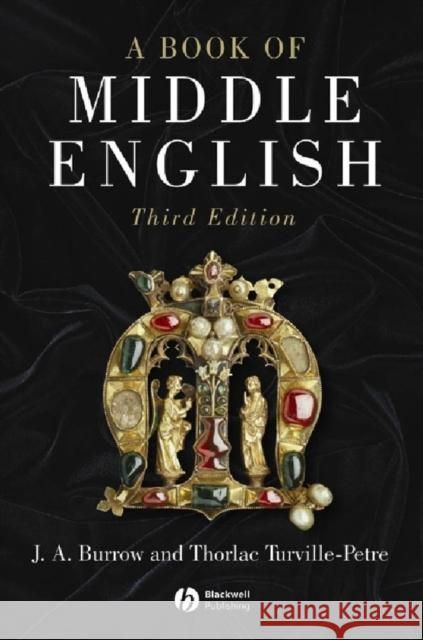A Book of Middle English » książka
topmenu
A Book of Middle English
ISBN-13: 9781405117081 / Angielski / Twarda / 2004 / 436 str.
This essential Middle English textbook, now in its third edition, introduces students to the wide range of literature written in England between 1150 and 1400.
- New, thoroughly revised edition of this essential Middle English textbook.
- Introduces the language of the time, giving guidance on pronunciation, spelling, grammar, metre, vocabulary and regional dialects.
- Now includes extracts from 'Pearl' and Chaucer's 'Troilus and Criseyde'.
- Bibliographic references have been updated throughout.
- Each text is accompanied by detailed notes.











